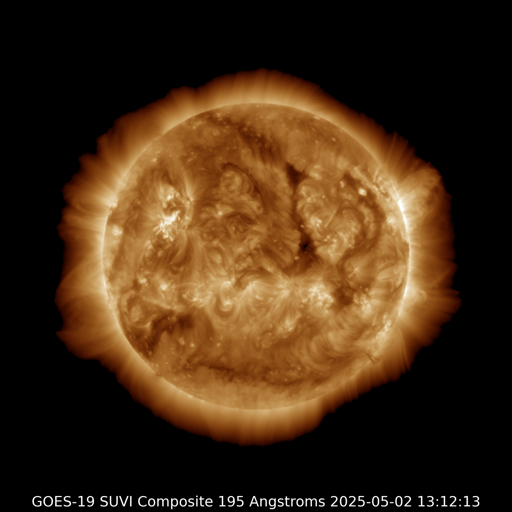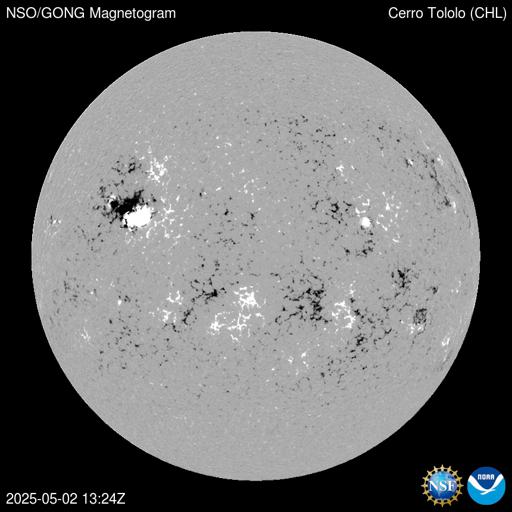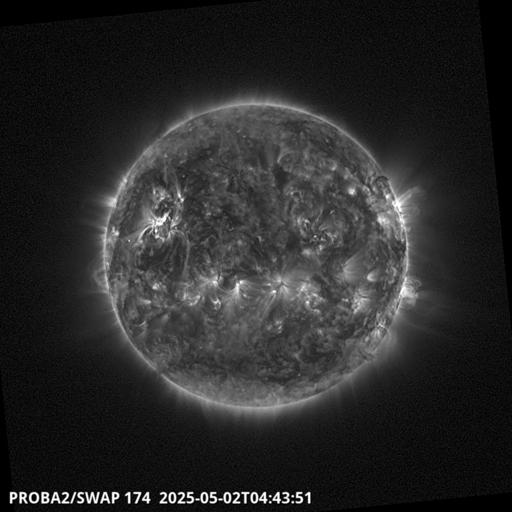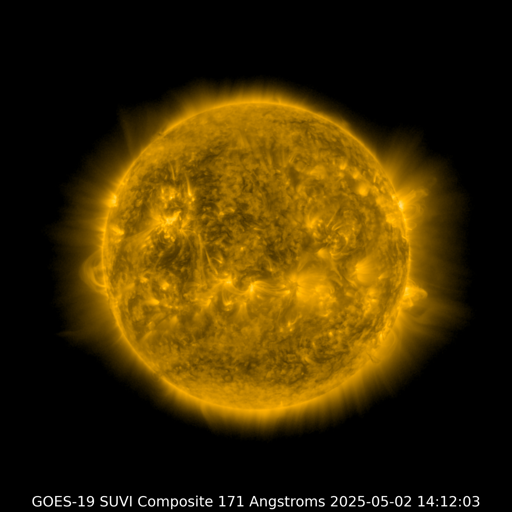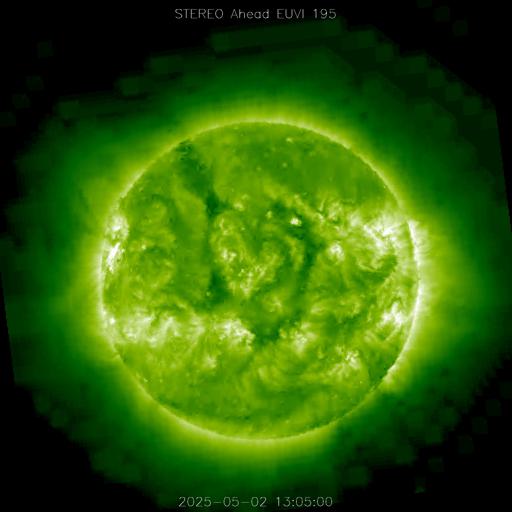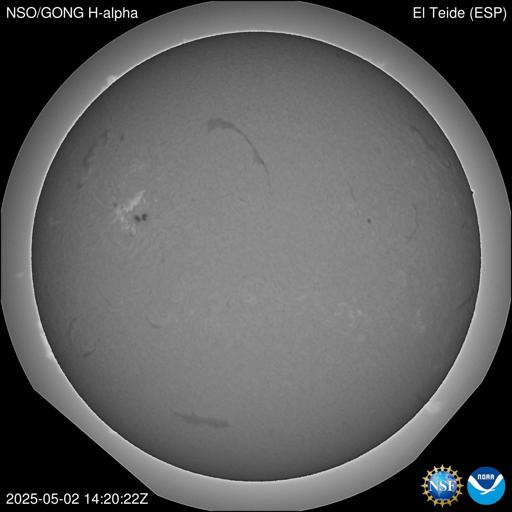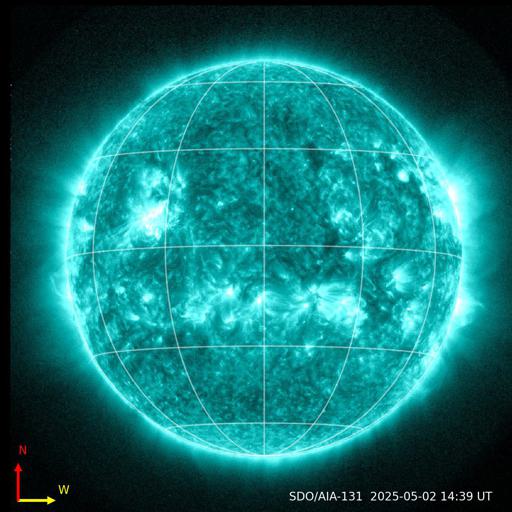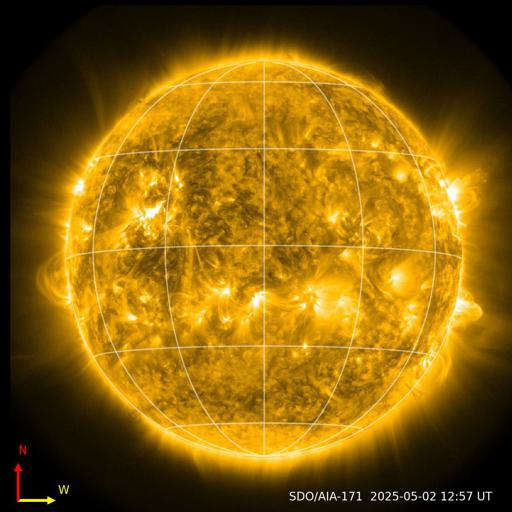NEAR REAL-TIME SOLAR OBSERVATIONS AND MODEL BASED PREDICTIONS
Overview of CESSI space weather assessment and forecast
Solar flare forecast
CESSI space weather bulletin includes solar flare forecast. This forecast is based on an analysis of satellite observation of Sun's activity and Machine learning models trained with over a decade of solar activity observations. Assessments of the flare potential of individual solar active regions are depicted in the bottom right-hand panel. Solar flare prediction at CESSI is based on techniques outlined in Sinha et al., Astrophysical Journal, Vol 935, No 1 ( https://doi.org/10.3847/1538-4357/ac7955 ).
How does the magnetised solar wind forcing shape the magnetosphere of an Earth-like planet?
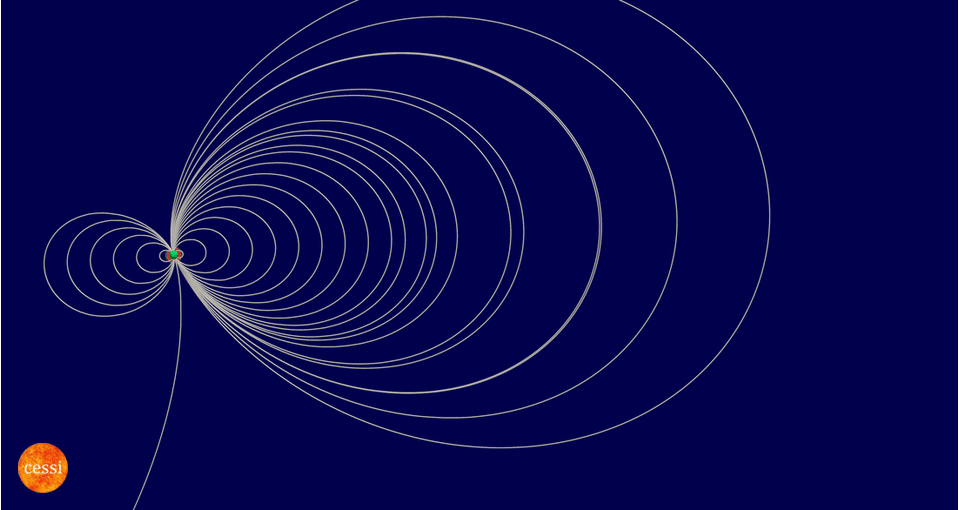 |
A simulation of the interaction of magnetized solar plasma wind with the Earth's magnetosphere depicting the formation of the magnetotail in the nightside and the bow shock on the dayside of the Earth. CESSI has developed a Star-Planet Interaction Module (CESSI-SPIM) which is utilized to understand the space environment of solar-system planets. For more details refer to Das et. al., 2019, Astrophysical Journal, Vol 877, pp 80 (https://doi.org/10.3847/1538-4357/ab18ad). |
|---|
How does an extreme solar storm create severe space weather and impact Earth's space environment?
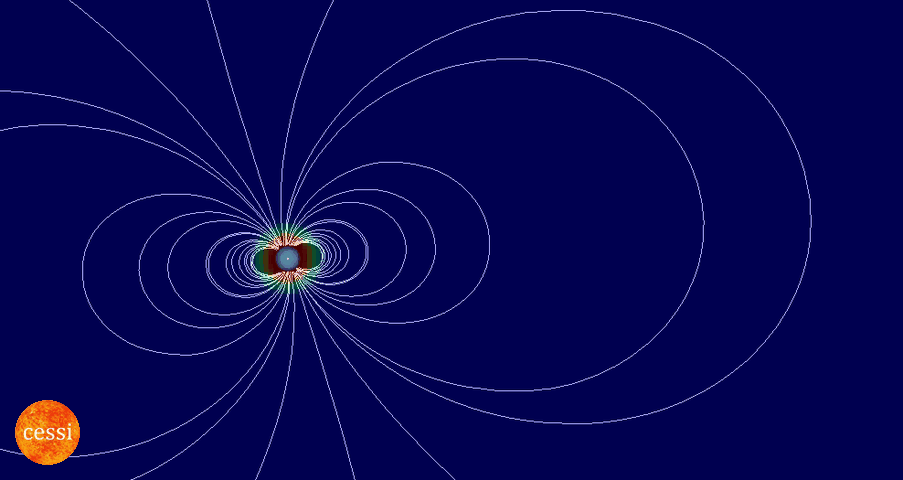 |
Simulated forcing of an interplanetary coronal mass ejection (ICME) consisting of a three-dimensional modelled flux rope depicting the global dynamics of the storm-time magnetosphere of Earth. CESSI has developed a STORM Interaction Module (CESSI-STORMI) to understand the solar magnetic strom driven space weather activities by estimating the geomagnetic index. For further information refer to Roy and Nandy, arXiv preprint, arXiv:2210.00071, 2022 (https://doi.org/10.48550/arXiv.2210.00071 ). |
|---|
What is the expected behaviour of the Sun's activity over a decadal timescale?
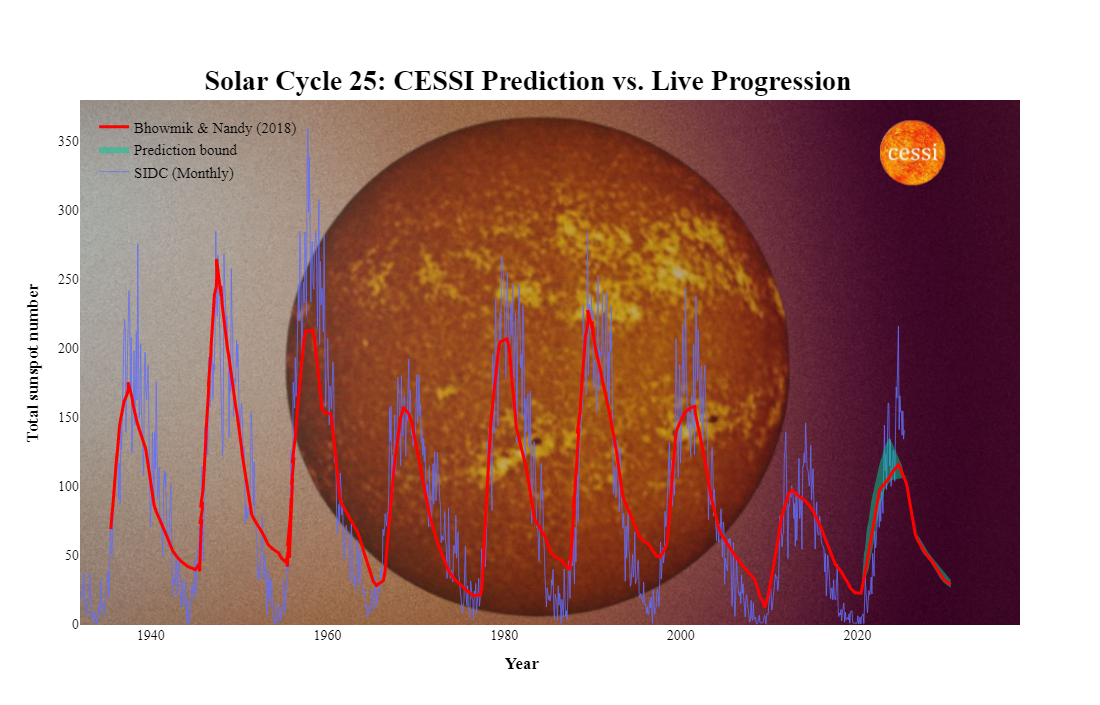 |
Sun's activity output from a coupled solar surface flux transport and internal dynamo model. The simulation covers a century of solar cycle variations. An ensemble forecast with the coupled model indicates that the upcoming sunspot cycle 25 would be weak, similar to the previous solar cycle. For more details refer to Bhowmik and Nandy (2018, Nature Communications) (https://doi.org/10.1038/s41467-018-07690-0). |
|---|

